In the world of avian behavior, few phenomena are as haunting and intriguing as the “crow funeral.” When a crow dies, something remarkable happens – other crows gather around their fallen comrade in what appears to be a mourning ritual. This behavior has fascinated scientists, bird enthusiasts, and casual observers alike for decades. Far from being a simple curiosity, these gatherings offer profound insights into crow intelligence, social structures, and possibly even emotional lives. As one of the most intelligent bird species on the planet, crows exhibit complex behaviors that challenge our understanding of animal cognition and social awareness. Their funeral-like assemblies around deceased members of their kind represent one of the most sophisticated behavioral responses to death documented in non-human animals.
The Discovery of Crow Funerals
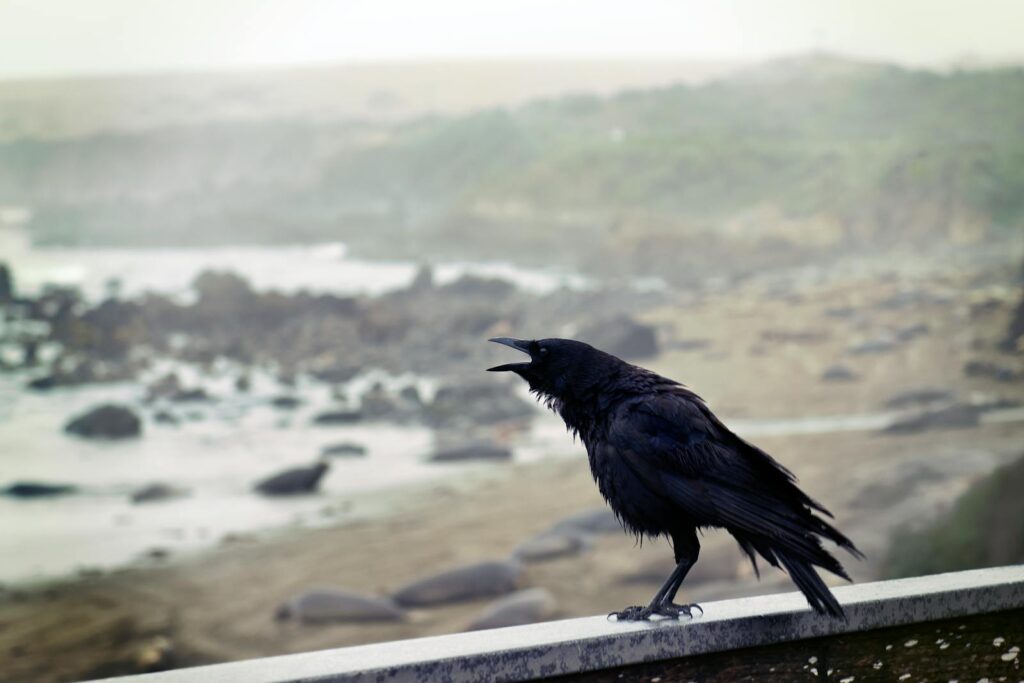
Scientists first began documenting crow funeral behavior in structured studies during the early 2000s, though anecdotal accounts have existed for much longer. Pioneering research by John Marzluff at the University of Washington provided some of the first scientific documentation of these gatherings. His team observed that when crows encountered dead members of their species, they would call loudly to attract other crows to the scene, forming gatherings that could involve dozens of birds. These observations were initially met with skepticism in scientific circles, as attributing such complex social responses to birds contradicted traditional views about avian cognitive limitations. Over time, careful documentation across different crow populations and species has established this as a genuine and consistent behavioral pattern. The ritualistic nature of these gatherings has been observed in American crows, Northwestern crows, and several other corvid species.
What Happens During a Crow Funeral
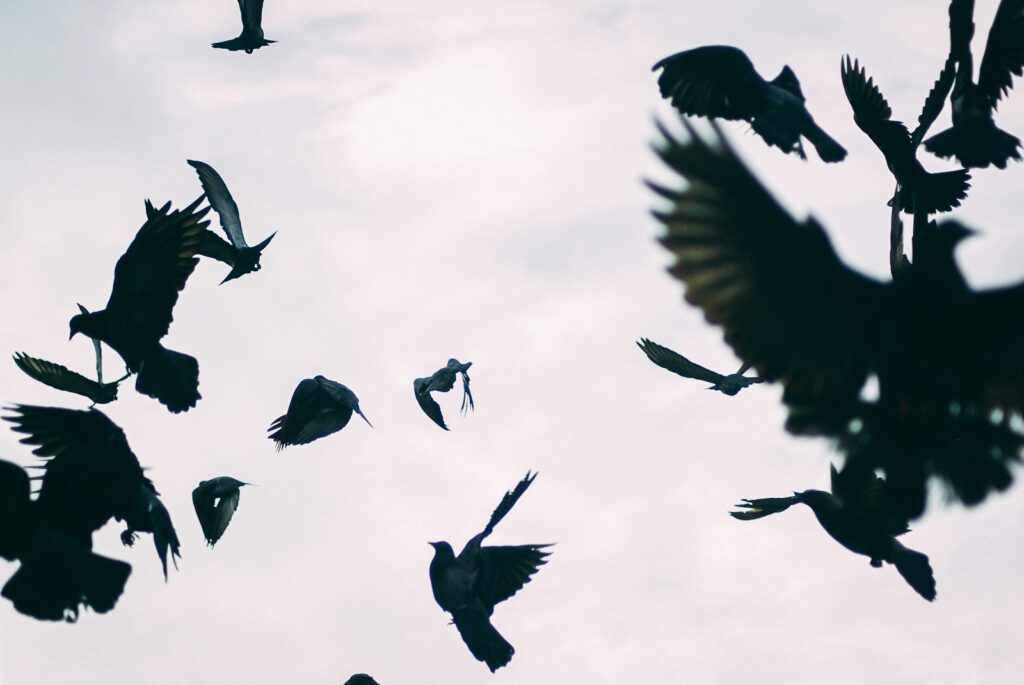
The sequence of events during a crow funeral follows a surprisingly consistent pattern across different populations. Initially, one crow discovers the dead body and begins making loud, distinctive alarm calls that differ from their normal vocalizations. These calls rapidly attract other crows from the vicinity, sometimes bringing in birds from up to a mile away. The gathering crows typically circle above the deceased, creating a cacophony of calls before gradually descending to investigate the body more closely. Some birds may approach and retreat repeatedly, while others perch nearby and observe the scene. The congregation can last anywhere from a few minutes to over an hour, with the birds showing visible agitation throughout the gathering. Unlike scavengers that might be expected to feed on carrion, the crows rarely attempt to consume their dead peers, instead focusing on observation and vocalization.
The Science Behind Crow Gatherings

Research into crow funerals has revealed that these gatherings serve multiple practical purposes beyond any emotional component. Primarily, they function as a learning opportunity where crows gather information about potential dangers. When a crow finds a dead companion, the circumstances of the death could indicate a threat that might endanger the living birds as well. Studies have shown that crows can remember locations where they’ve seen dead crows for months or even years, subsequently avoiding or showing heightened caution in those areas. Crow funerals also appear to have a social information-sharing component, potentially allowing the community to identify predators or dangerous situations. Experimental research has confirmed that crows that witness these gatherings alter their behavior afterward, suggesting they extract valuable survival information from the experience.
Crow Recognition of Their Dead
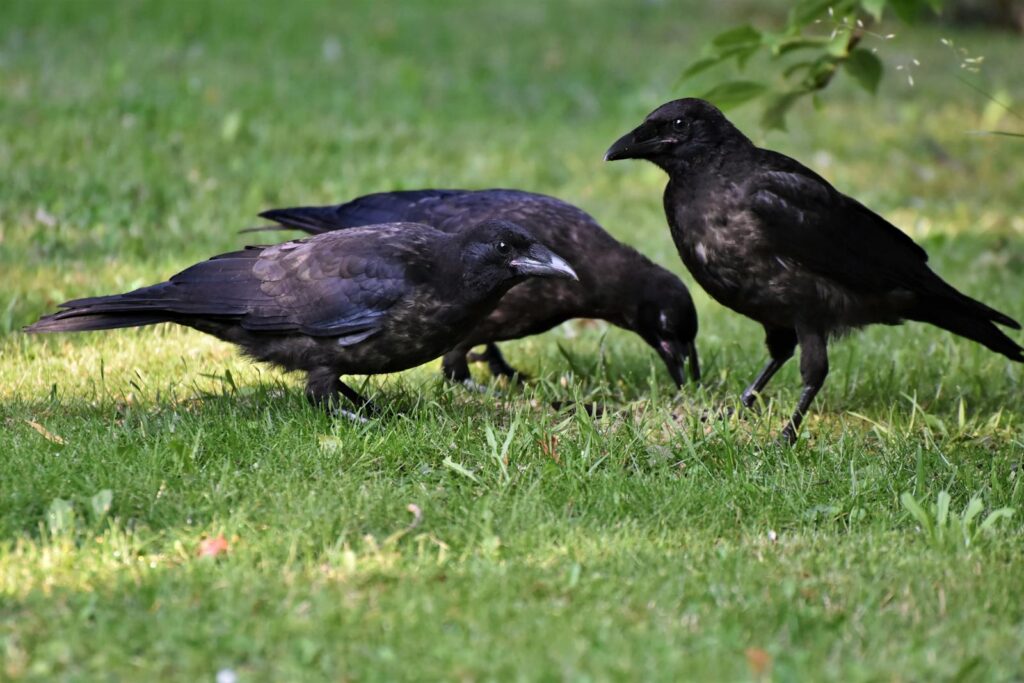
One of the most fascinating aspects of crow funerals is the birds’ ability to recognize their own species in death. Research has demonstrated that crows respond much more strongly to dead crows than to dead birds of other species. In controlled experiments, crows largely ignored dead pigeons, robins, or other non-corvid birds placed in their territories, but reacted intensely to dead crows. This species-specific recognition suggests a level of self-awareness not commonly attributed to birds. Even more remarkably, some studies indicate that crows may respond more strongly to familiar individuals than to strange crows, suggesting they might recognize specific members of their community even in death. This sophisticated recognition system points to advanced neural processing that allows crows to maintain complex social awareness within their communities.
Brain Activity During Crow Funerals
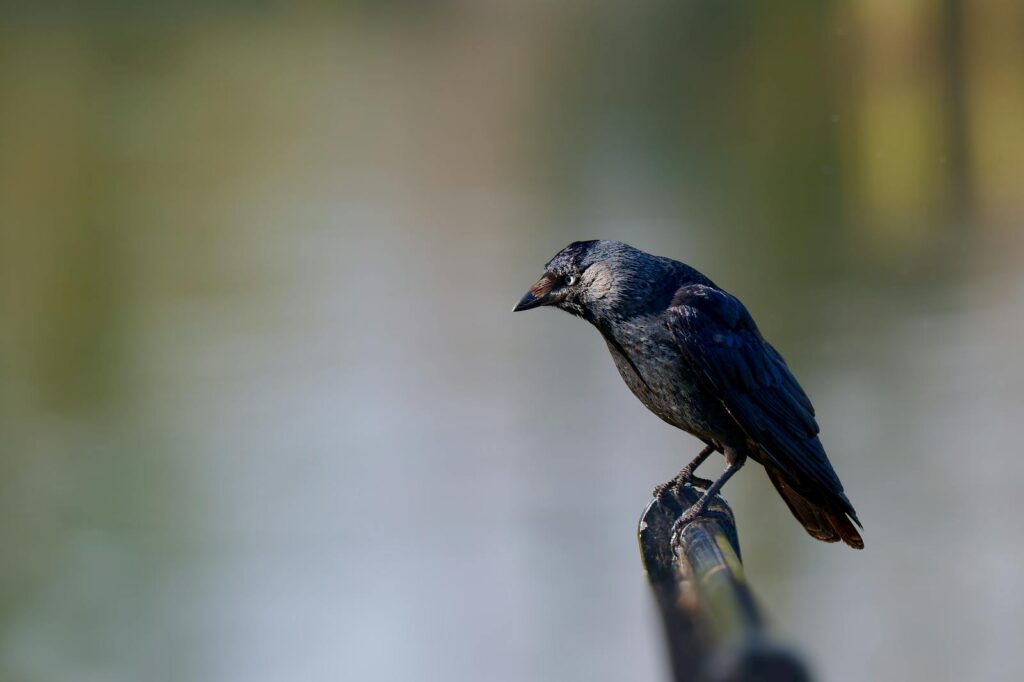
Recent neurological studies have begun to shed light on what happens in a crow’s brain during these funeral gatherings. Using non-invasive brain scanning techniques, researchers have observed heightened activity in areas associated with attention, memory formation, and emotional processing when crows observe their dead. Particularly active are regions analogous to the amygdala and hippocampus in mammals, structures involved in emotional responses and memory formation respectively. These patterns of activation share similarities with brain activity observed in mammals experiencing negative emotional states, though scientists remain cautious about anthropomorphizing these responses. The neurological evidence suggests that witnessing dead conspecifics creates strong, lasting impressions in crow brains, consistent with their long-term avoidance of locations associated with danger. These findings represent some of the most compelling evidence for sophisticated emotional processing in avian brains.
Cultural Transmission of Funeral Behavior
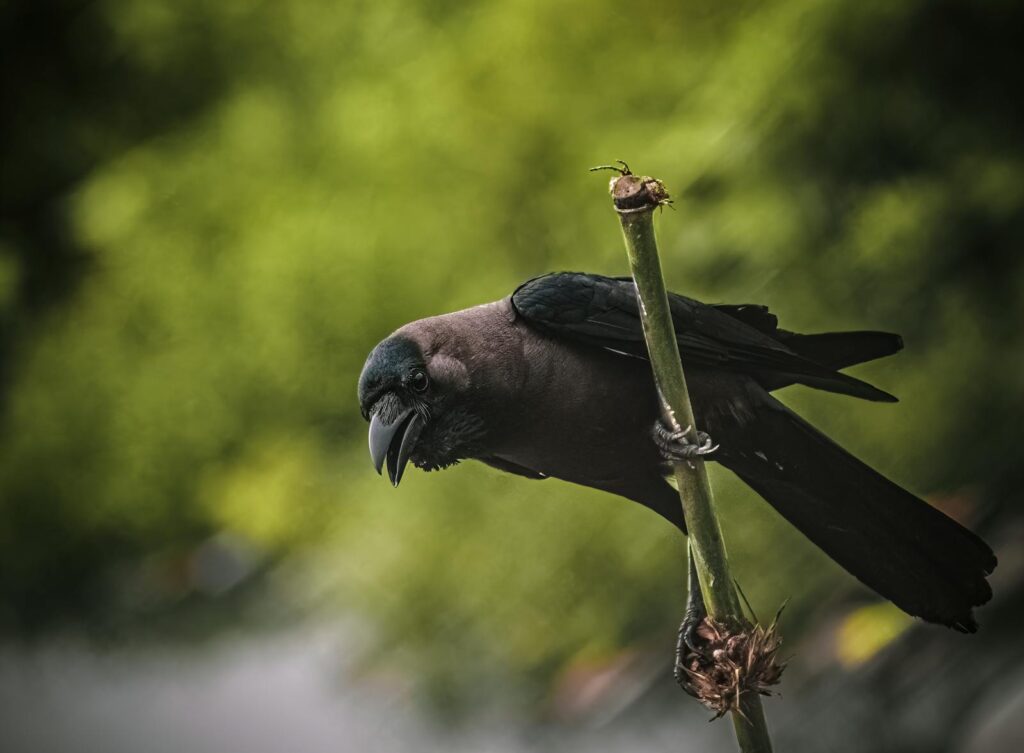
One remarkable aspect of crow funerals is how the behavior appears to be culturally transmitted rather than purely instinctual. Young crows learn funeral behavior by observing adults, gradually incorporating the appropriate responses into their behavioral repertoire. Studies tracking juvenile crows have shown that they initially show little response to dead crows, but after observing adult responses, they begin to participate appropriately in the gatherings. This cultural learning extends to threat assessment as well – younger crows adopt the wariness exhibited by experienced adults toward locations or people associated with crow deaths. The cultural transmission of these behaviors represents a sophisticated form of social learning that was once thought to be exclusive to mammals. This ability to pass down learned behaviors through observation rather than genetics gives crow communities remarkable adaptability to new threats and changing environments.
Emotional Responses or Practical Assessment?

The question of whether crows experience grief or other emotions during these funerals remains hotly debated in scientific circles. While it’s tempting to interpret their behavior as mourning, researchers emphasize that crow funerals likely combine practical information gathering with potential emotional components. The visible agitation, distinctive vocalizations, and prolonged attention suggest an emotional response beyond simple curiosity or threat assessment. However, scientists remain cautious about attributing human-like emotions to birds, recognizing that crow emotional experiences likely differ from our own in important ways. Current consensus suggests these gatherings serve primarily as danger assessment and information sharing events, though this doesn’t preclude the possibility of emotional components. The distinction between practical and emotional motivations may ultimately be artificial, as these aspects likely work together in crow cognition just as they do in humans.
Differences Across Crow Species
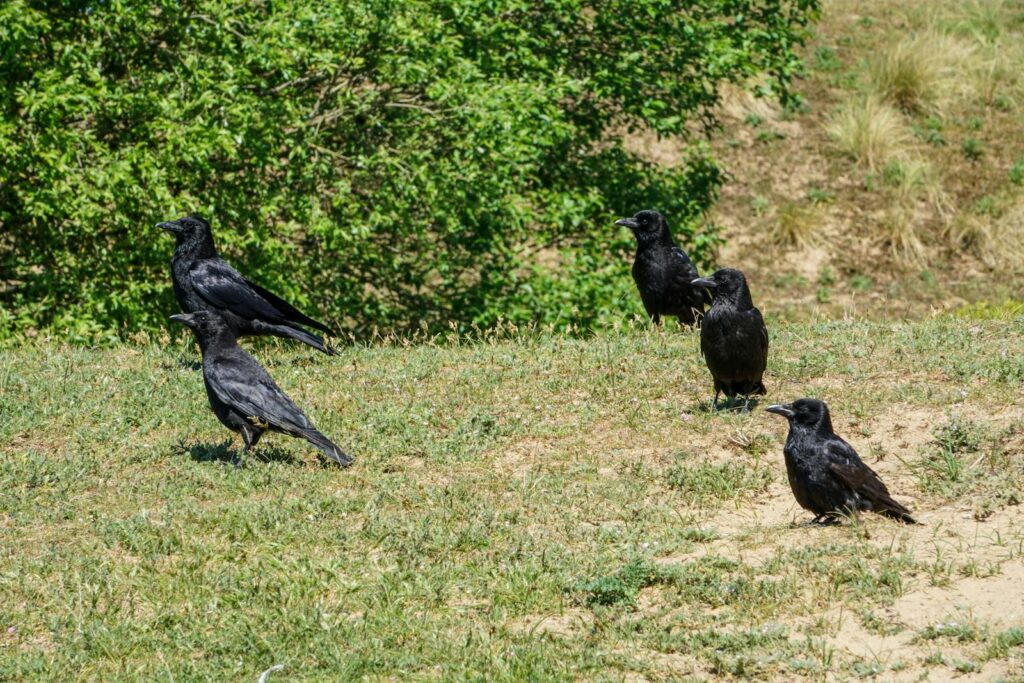
While funeral behaviors have been most extensively documented in American crows (Corvus brachyrhynchos), similar behaviors appear across many corvid species with interesting variations. Rooks and ravens, close relatives of crows, have been observed gathering around their dead, though with subtle differences in vocalization patterns and duration of assembly. Some species, like the highly intelligent New Caledonian crows, exhibit more reserved responses, gathering in smaller numbers but showing intense observation behavior. European carrion crows tend to form larger, more vocal assemblies that may last longer than those of their American counterparts. These variations suggest that while the fundamental response to death is shared across corvid species, cultural differences and habitat-specific adaptations have shaped how different crow populations respond to their dead.
Human-Caused Deaths and Crow Responses
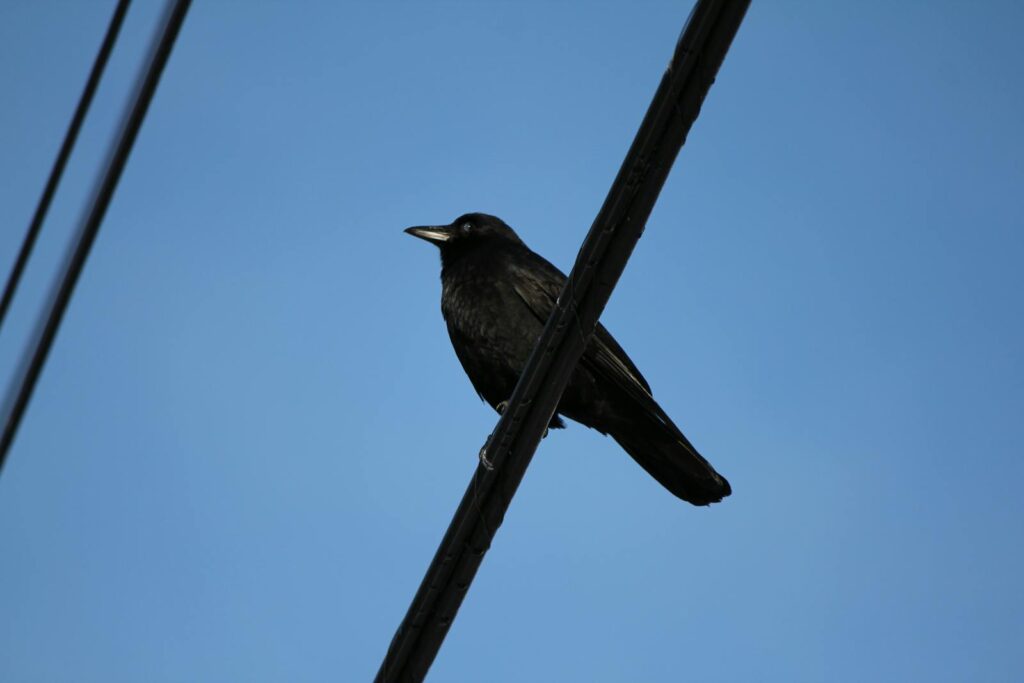
Crows show particularly strong responses to deaths they associate with human activity, suggesting sophisticated threat assessment capabilities. Research has demonstrated that crows can remember human faces associated with threatening experiences for years and will even transmit this recognition to other crows and subsequent generations. In experiments where researchers wore particular masks while handling dead crows, the birds subsequently mobbed and scolded people wearing those same masks for years afterward, even when encountered in completely different locations. This facial recognition and threat association is so precise that crows can distinguish between very similar-looking masks or people. The intensity of crow funerals tends to be amplified when the death occurs in circumstances that implicate human involvement, suggesting these birds have developed specific adaptations to assess and remember human-associated dangers.
The Evolutionary Advantage
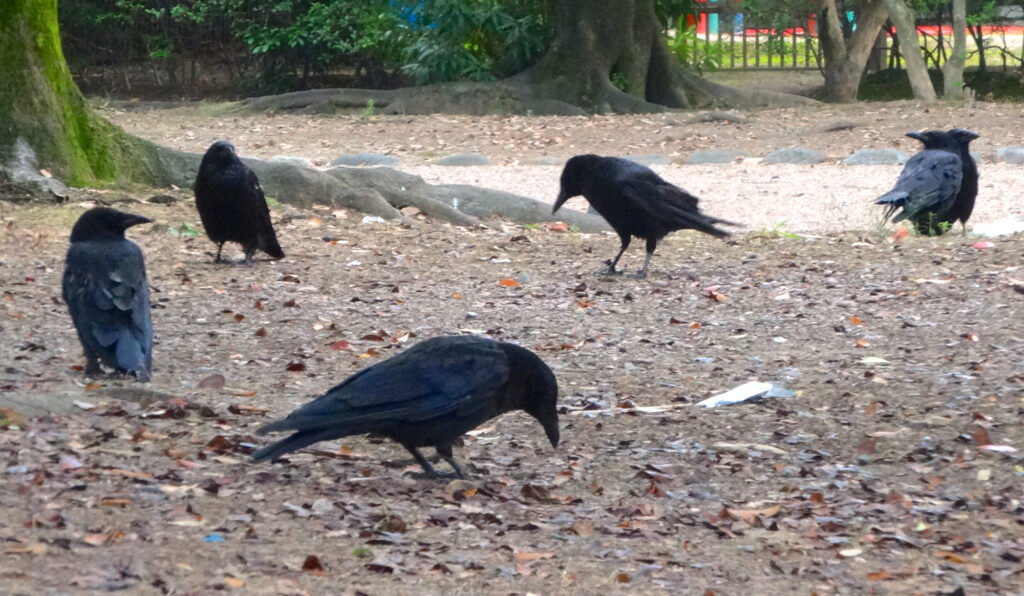
From an evolutionary perspective, funeral gatherings provide significant survival advantages for these highly social birds. By gathering information about potential dangers that killed one of their kind, crows can avoid similar threats in the future. This collective risk assessment allows information to spread rapidly through crow communities, providing protection even to individuals who weren’t present at the original funeral. Researchers believe this behavior evolved as part of crows’ remarkable adaptability to human-dominated landscapes, where novel dangers frequently emerge. The capacity to learn from the deaths of others and remember dangerous locations or individuals represents a sophisticated survival strategy. Additionally, these gatherings may strengthen social bonds within crow communities, reinforcing the cooperative relationships that help these birds thrive in challenging environments.
Cultural and Mythological Significance
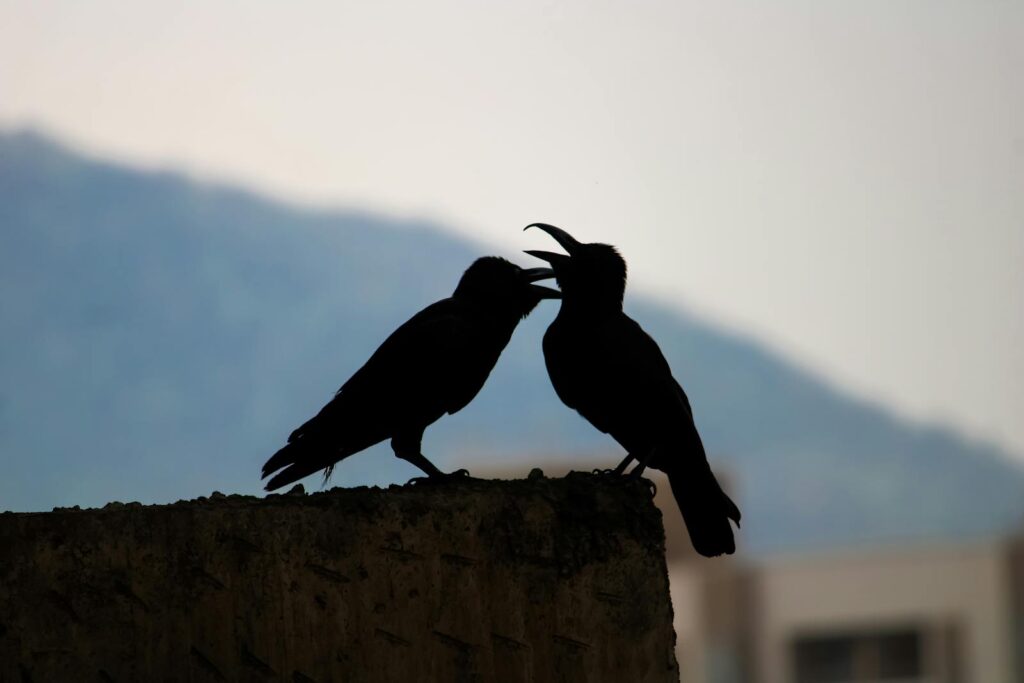
Across human cultures, crow funeral behavior has contributed to the rich mythology surrounding these birds. In many Native American traditions, crows are considered messengers between the worlds of the living and the dead, a belief likely influenced by observations of their funeral gatherings. Norse mythology associates ravens and crows with death and the battlefield, while Celtic traditions often portrayed them as harbingers of death or transformation. The Japanese Shinto tradition views crows as divine messengers, with their gatherings interpreted as spiritual communications. Even in contemporary Western culture, the image of crows gathering around a fallen comrade has become a powerful symbol in literature, film, and art. These cultural interpretations reflect humanity’s long-standing fascination with and respect for these intelligent birds and their mysterious behaviors around death.
Ongoing Research and Future Directions
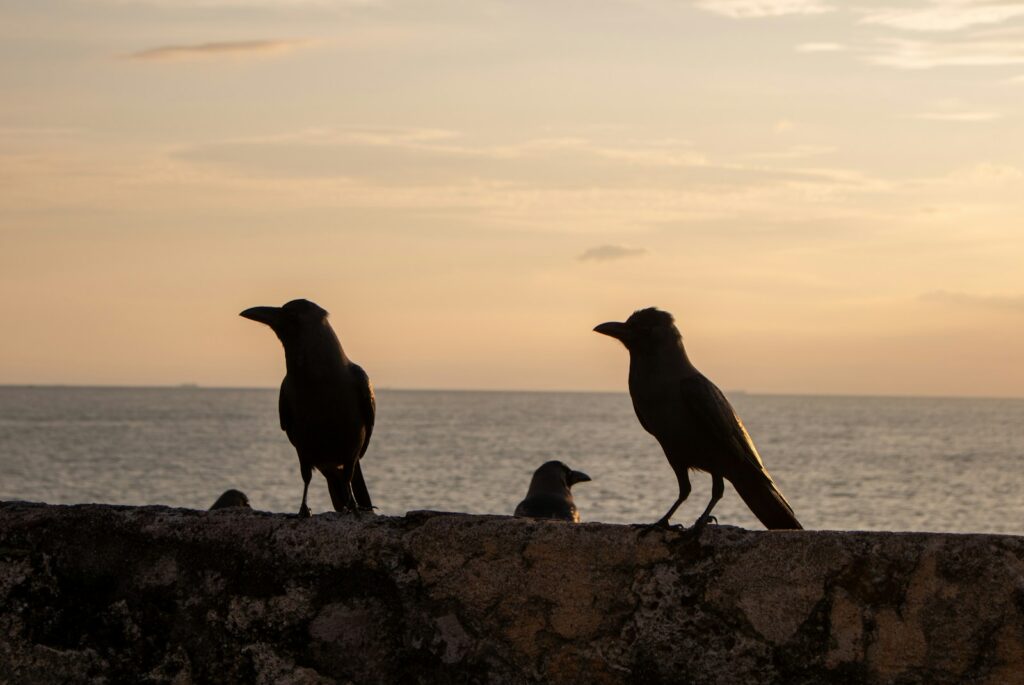
Current research into crow funerals is expanding in several exciting directions, with scientists employing increasingly sophisticated technologies to understand these behaviors. Miniaturized GPS tracking devices are allowing researchers to follow crow movements before, during, and after funeral gatherings, revealing complex patterns of information sharing. Advanced neuroimaging techniques are providing unprecedented insights into crow brain activity during these events, helping scientists map the neurological basis of their responses. Several research teams are investigating whether crows possess a concept of death similar to humans’ understanding, or if their responses are based on different cognitive frameworks. Other promising areas include research into how environmental factors like urbanization affect funeral behaviors and whether climate change is altering these gatherings in observable ways. As our understanding of animal cognition evolves, crow funerals remain at the frontier of research into the complexity of bird behavior.
Conclusion: What Crow Funerals Teach Us
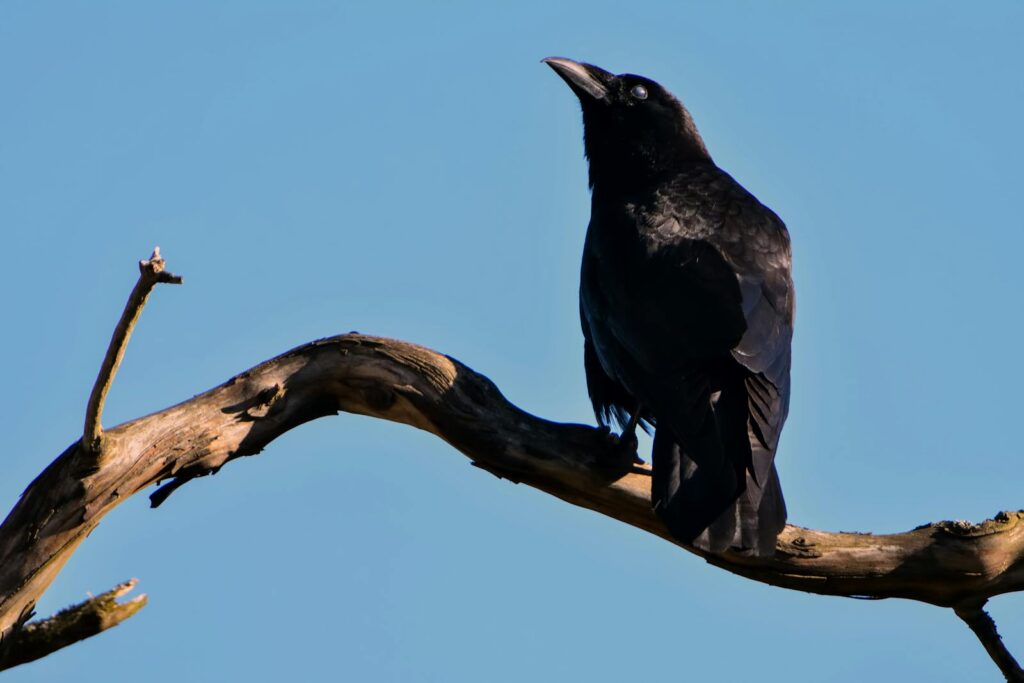
Crow funerals represent one of nature’s most profound windows into the complex social and cognitive lives of non-human animals. These gatherings challenge our understanding of avian intelligence and hint at emotional and social depths that science is only beginning to explore. While researchers remain appropriately cautious about anthropomorphizing these behaviors, the evidence increasingly suggests that crows possess sophisticated social awareness, emotional processing, and cultural learning capabilities once thought to be exclusively human domains. Beyond their scientific significance, crow funerals remind us that intelligence and social complexity in the animal kingdom take many forms, often in species we might overlook. As we continue to study these remarkable birds, their funeral gatherings stand as a powerful reminder of how much we still have to learn about the rich inner lives of the creatures with whom we share our world.
